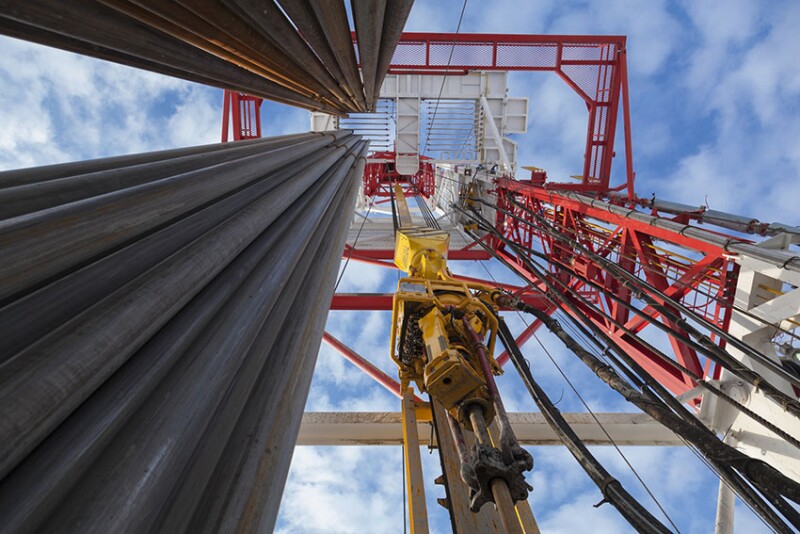Currently, few test data are available for determining the most suitable corrosion-resistant alloys (CRAs) for downhole injection equipment in carbon capture and storage (CCS) and carbon capture, use, and storage (CCUS) wells. The complete paper provides a guideline for such selections based on the composition of the CO2 stream, including impurities and the composition of the saline formation into which the CO2 will be injected.
Introduction
For those CCS and CCUS systems where water is expected to be present at some point, such as injection into a saline formation or by virtue of incomplete dehydration, carbon steel will corrode and CRAs must be considered. Because carbon steel pipelines are standard practice for transport of supercritical CO2 and have a long, successful history, this paper is strictly focused on the selection of CRAs for injection wells.
While the selection of CRA material can be, and often is, based on common practices, each application requires an in-depth review of the complete system to determine the best materials for the job. In the case of storage, service life is ostensibly forever, so even otherwise minor pitting rates may not be tolerable in permanent equipment.


